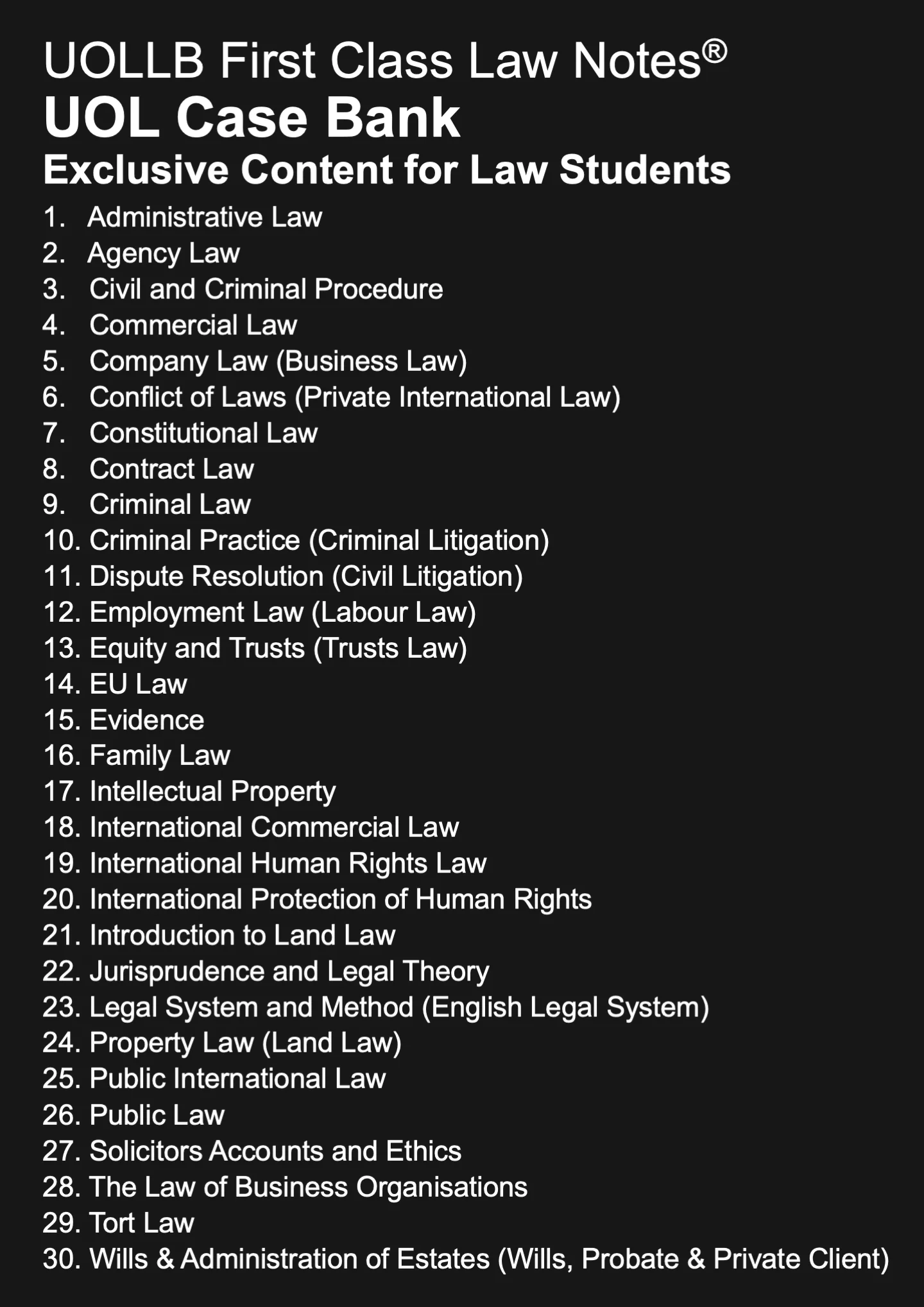Defence of Duress in English Criminal Law
Share
In English Criminal Law, the defence of duress is a legal principle that allows a person to be excused from criminal liability if they committed an offence under the compulsion of threats or violence. The central idea is that individuals who act under duress are seen as having been forced to commit a crime against their will, and therefore, they should be excused from legal responsibility. The defence of duress is recognised as a means of acknowledging the pressure that a person might face in certain situations, balancing the need for justice with an understanding of human vulnerability.
The key elements and principles associated with the defence of duress in English criminal law were established in R v Hasan [2005]:
Threats of death or serious harm: The threats that induce the defendant to commit a crime must involve death or serious harm. It is generally required that the threats be of such a nature that a reasonable person would fear serious personal harm.
Imminent and immediate threat: The threat must be imminent and immediate, leaving the defendant with no reasonable opportunity to escape or seek help. If there is a reasonable way to avoid the threat, the defence of duress may not be applicable.
No safe avenue of escape: The defendant must demonstrate that there was no reasonable opportunity for escape or to avoid committing the criminal act. If a person has a safe avenue of escape and fails to take it, the defence might not be available.
Proportionality: The defendant's actions must be proportionate to the threat faced. If the response is deemed excessive or disproportionate to the threat, the defence may not apply.
No connection to the offence: The threat should not be connected to the criminal activity itself. If the person inducing the defendant to commit the crime is also involved in the offence, the defence might not be accepted.
No voluntariness: The defendant must show that they acted involuntarily under the influence of the threats or violence. If the person voluntarily participates in the criminal activity, the defence may not be applicable.
Exclusion of murder or other serious offences: The defence of duress is generally not available for offences involving murder or other serious crimes. Some jurisdictions exclude certain offences from the scope of the duress defence.
Duress as a defence to specific crimes: The defence of duress may be more commonly accepted in some crimes than others. For instance, it might be more applicable to offences like theft or robbery and less likely to be accepted in cases of violence or murder.
The defence of duress in English criminal law is a nuanced concept that recognises the complex situations individuals may face. It balances the need for legal responsibility with the acknowledgment that certain external pressures can compromise an individual's free will. Duress operates as a defence in specific situations, and its application is influenced by factors such as immediacy, causation, and the reasonableness of the defendant's actions, as evidenced by relevant case law.
The key elements and principles associated with the defence of duress in English criminal law were established in R v Hasan [2005]:
Threats of death or serious harm: The threats that induce the defendant to commit a crime must involve death or serious harm. It is generally required that the threats be of such a nature that a reasonable person would fear serious personal harm.
Imminent and immediate threat: The threat must be imminent and immediate, leaving the defendant with no reasonable opportunity to escape or seek help. If there is a reasonable way to avoid the threat, the defence of duress may not be applicable.
No safe avenue of escape: The defendant must demonstrate that there was no reasonable opportunity for escape or to avoid committing the criminal act. If a person has a safe avenue of escape and fails to take it, the defence might not be available.
Proportionality: The defendant's actions must be proportionate to the threat faced. If the response is deemed excessive or disproportionate to the threat, the defence may not apply.
No connection to the offence: The threat should not be connected to the criminal activity itself. If the person inducing the defendant to commit the crime is also involved in the offence, the defence might not be accepted.
No voluntariness: The defendant must show that they acted involuntarily under the influence of the threats or violence. If the person voluntarily participates in the criminal activity, the defence may not be applicable.
Exclusion of murder or other serious offences: The defence of duress is generally not available for offences involving murder or other serious crimes. Some jurisdictions exclude certain offences from the scope of the duress defence.
Duress as a defence to specific crimes: The defence of duress may be more commonly accepted in some crimes than others. For instance, it might be more applicable to offences like theft or robbery and less likely to be accepted in cases of violence or murder.
The defence of duress in English criminal law is a nuanced concept that recognises the complex situations individuals may face. It balances the need for legal responsibility with the acknowledgment that certain external pressures can compromise an individual's free will. Duress operates as a defence in specific situations, and its application is influenced by factors such as immediacy, causation, and the reasonableness of the defendant's actions, as evidenced by relevant case law.

























































